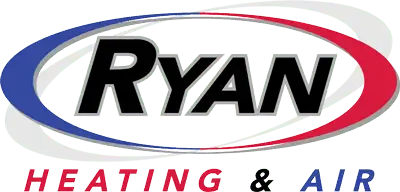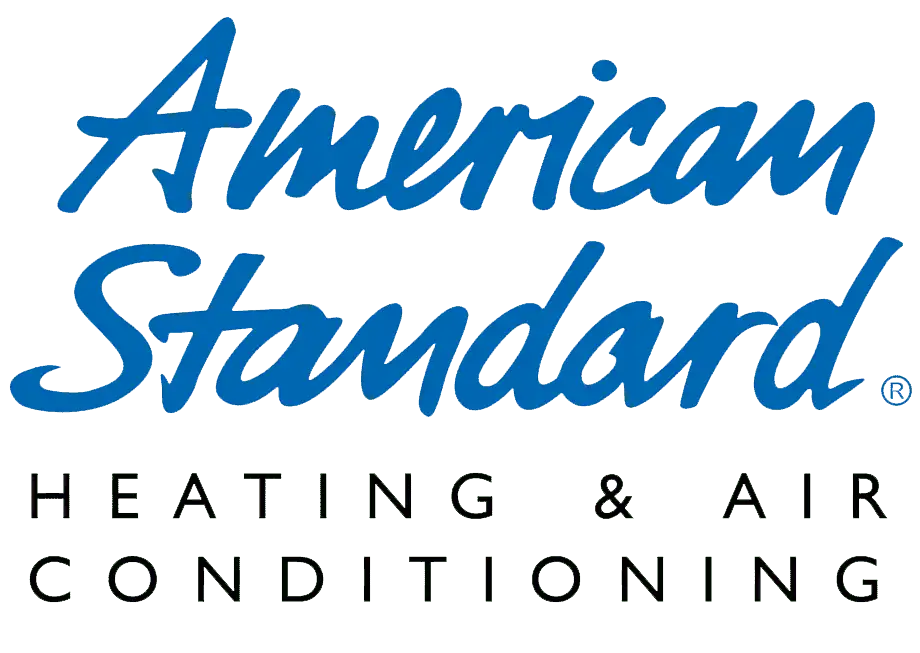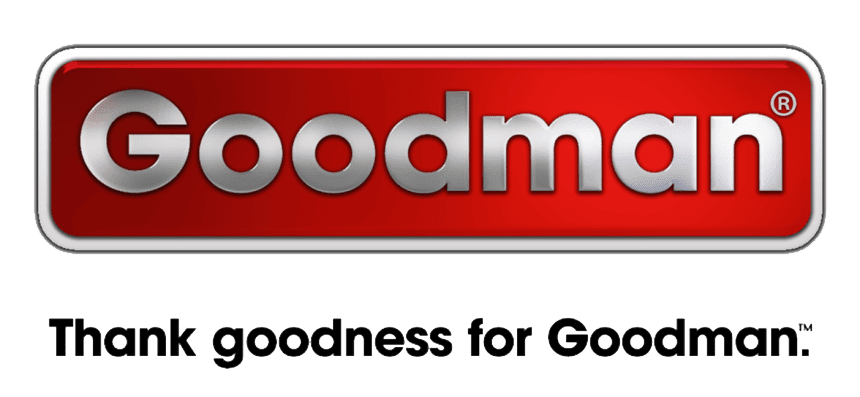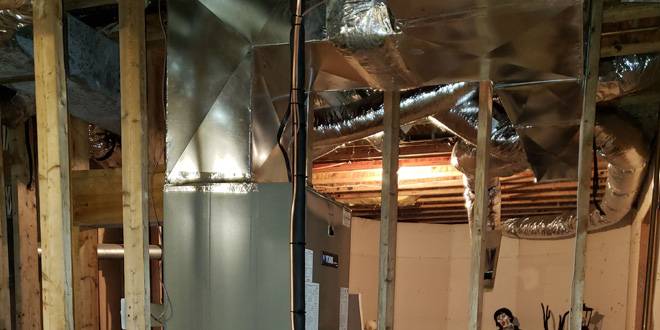
Central heating problems can range from simple fixes, like adjusting the thermostat, to more complex issues requiring professional attention. In this comprehensive guide, we’ll delve into the most common reasons your central heating might not be working and offer practical solutions to get your system up and running. Drawing on our extensive experience in heating system repair and maintenance, we aim to provide you with the knowledge you need to diagnose and address central heating issues effectively.
Thermostat Malfunctions: The First Culprit 🌡️🚫🔍
One of the first places to look when your central heating system fails to perform as expected is the thermostat. This small device plays a pivotal role in controlling the temperature of your home, but it’s often overlooked when troubleshooting heating issues. A malfunctioning thermostat can lead to a variety of problems, from no heat output at all to intermittent heating that doesn’t align with your comfort needs.
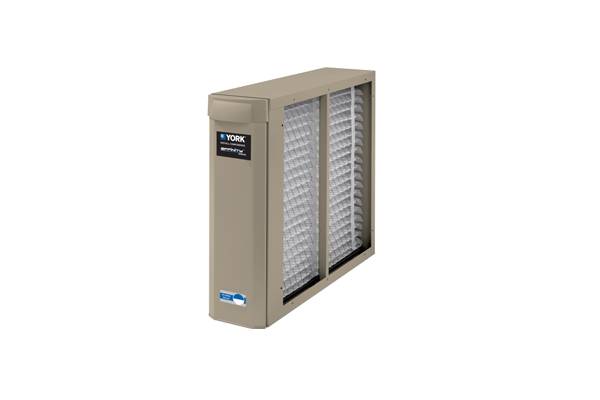
Incorrect Settings or Battery Issues
Sometimes, the issue is as simple as the thermostat being set incorrectly. Ensure that it’s switched to “heat” mode and that the temperature setting is high enough to trigger the heating system. If your thermostat is battery-operated, weak or dead batteries could be the culprit. Replacing them might be all that’s needed to restore your heating system to full functionality.
Professional Calibration
Thermostats can also become miscalibrated over time, leading to inaccurate temperature readings that affect heating efficiency. If the temperature in your home doesn’t seem to match what’s displayed on the thermostat, it may need recalibration. This process ensures that your thermostat accurately measures and responds to your home’s temperature, providing consistent comfort.
While some thermostat issues can be resolved with simple checks and adjustments, others might indicate a deeper problem within your heating system. In such cases, it’s prudent to seek professional assistance. We specialize in diagnosing and repairing thermostat-related issues, ensuring that your central heating system operates as it should. Regular maintenance checks can also prevent future thermostat malfunctions, keeping your heating system in optimal condition.
Pilot Light and Ignition Control Faults 🕯️🔥🔍
A central heating system’s ability to generate warmth hinges significantly on the functionality of its pilot light and ignition controls. These components are crucial for the safe and efficient operation of gas and oil furnaces, yet they are also common sources of heating issues. Understanding how pilot light and ignition control faults occur can help in identifying and solving heating problems swiftly.
The Role of the Pilot Light and Ignition System
In traditional gas furnaces, the pilot light serves as a small, continuously burning flame that ignites the main burner. If this pilot light goes out or fails to stay lit, the furnace cannot produce heat. Modern systems often use electronic ignition systems, which can experience their own set of issues, such as electrical failures or component malfunctions, preventing the furnace from igniting properly.
Common Issues and Solutions
- Faulty Ignition System: For furnaces with electronic ignition, problems can arise from electrical issues or worn-out components. These systems require precise troubleshooting to determine the exact cause, often necessitating professional expertise.
- Extinguished Pilot Light: An extinguished pilot light in older furnaces can be due to a variety of factors, including drafts, dirt accumulation, or a malfunctioning thermocouple. Relighting the pilot light might solve the issue, but if it refuses to stay lit, it could indicate a need for professional maintenance or part replacement.
Professional Repair Services
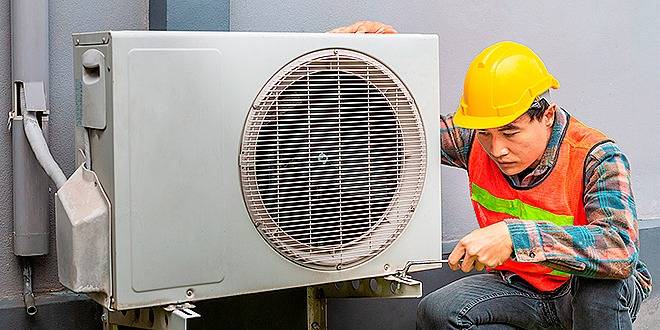
Addressing pilot light and ignition control issues often requires a detailed understanding of the furnace’s operational mechanics. DIY fixes might provide a temporary solution, but they can overlook underlying problems that lead to future failures. Our experienced technicians are equipped to handle these intricate systems, ensuring a comprehensive repair that extends beyond surface-level fixes.
Routine maintenance is key to preventing ignition-related problems. During a maintenance visit, technicians can clean the ignition assembly, check electrical connections, and test the system’s overall functionality. This proactive approach helps avoid unexpected breakdowns, particularly during the colder months when you rely on your heating system the most.
Dirty or Clogged Filters: A Silent Heating System Killer 🌀🚫🛠️
The health of your central heating system is significantly impacted by something as seemingly inconsequential as the air filter. Dirty or clogged filters are among the top causes of heating inefficiencies and failures. These filters play a crucial role in maintaining indoor air quality and ensuring the smooth operation of your heating system by trapping dust, dirt, and other airborne particles. However, when they become clogged, they can turn into a major obstacle to air flow, putting unnecessary strain on your heating system.
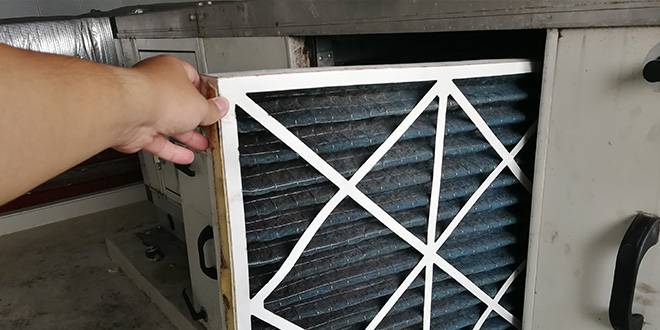
The Impact of Neglected Filters
A clogged filter restricts air flow to the furnace, causing it to work harder to circulate warm air throughout your home. This not only decreases the system’s efficiency but can also lead to overheating. In severe cases, it can cause the heat exchanger to crack, leading to costly repairs or even the need for a complete system replacement. Furthermore, restricted air flow can result in uneven heating, with some rooms staying cold while others overheating.
Simple Steps for Prevention
The good news is that preventing these issues is relatively straightforward. Regularly checking and replacing your heating system’s air filter is one of the simplest yet most effective ways to ensure its longevity and efficiency. For most homes, replacing the filter every 90 days is adequate, but homes with pets or residents with allergies may benefit from more frequent changes.
Professional Insight and Services
While replacing a filter might seem like a simple task, understanding the right type of filter for your system and how often it should be changed can be nuanced. This is where professional advice becomes invaluable. During routine maintenance visits, we not only replace your air filter but also provide insights into the best types of filters for your specific needs and how to maintain optimal air quality and system performance.
The Role of Maintenance Plans
Investing in a customized preventative maintenance plan is another step toward ensuring your heating system remains free from the issues caused by dirty filters. These plans often include regular inspections and filter changes tailored to fit the unique demands of your home and lifestyle. By entrusting your system’s maintenance to professionals, you can avoid the pitfalls of overlooked filter changes, ensuring your system operates efficiently and effectively throughout the year.
Mechanical Wear and Tear: The Inevitable Aging of Heating Systems ⚙️🛠️🔍
As with any complex machinery, a central heating system is subject to the natural process of wear and tear over time. The mechanical components, such as belts, bearings, and motors, work tirelessly to heat your home efficiently. However, as these parts age, they can become worn or damaged, leading to decreased system performance, unexpected breakdowns, and the need for repairs or replacement.
Understanding the Impact
Mechanical wear and tear can manifest in several ways, including strange noises from the furnace, reduced heating efficiency, or the system frequently turning on and off (short-cycling). These symptoms not only indicate that the system is working harder than it should but also signal an increased risk of a complete system failure. Ignoring these signs can lead to higher energy bills, major component failure, and, potentially, the premature replacement of the entire system.
The Importance of Regular Inspections
The key to mitigating the effects of mechanical wear and tear is regular, professional inspection and maintenance. During these inspections, a technician can identify and replace worn parts, lubricate moving components, and make adjustments to ensure optimal performance. This proactive approach can extend the life of your heating system, improve efficiency, and prevent the inconvenience and cost of emergency repairs.
Tailored Maintenance Plans
We understand that every home and heating system has unique needs. That’s why we offer customized preventative maintenance plans designed to address the specific requirements of your system. By regularly servicing your heating system, we can catch and address minor issues before they escalate into major problems. This not only saves you money in the long run but also ensures your home remains warm and comfortable during the colder months.
The Role of Professional Expertise
Tackling mechanical wear and tear is not typically a DIY job. It requires specialized knowledge and tools to properly diagnose and fix issues without causing further damage to the system. Our team of skilled technicians brings a wealth of experience to every maintenance and repair job, ensuring that your system receives the care it needs to operate reliably and efficiently.
Stay Warm with Us 🏡🔥
Facing heating challenges? Ryan Heating & Air is here to ensure your comfort through customized maintenance plans and expert repair services. Embrace a worry-free winter by letting our professionals handle your heating needs. Act now for a cozy home all season long—contact us today! 📞❄️
